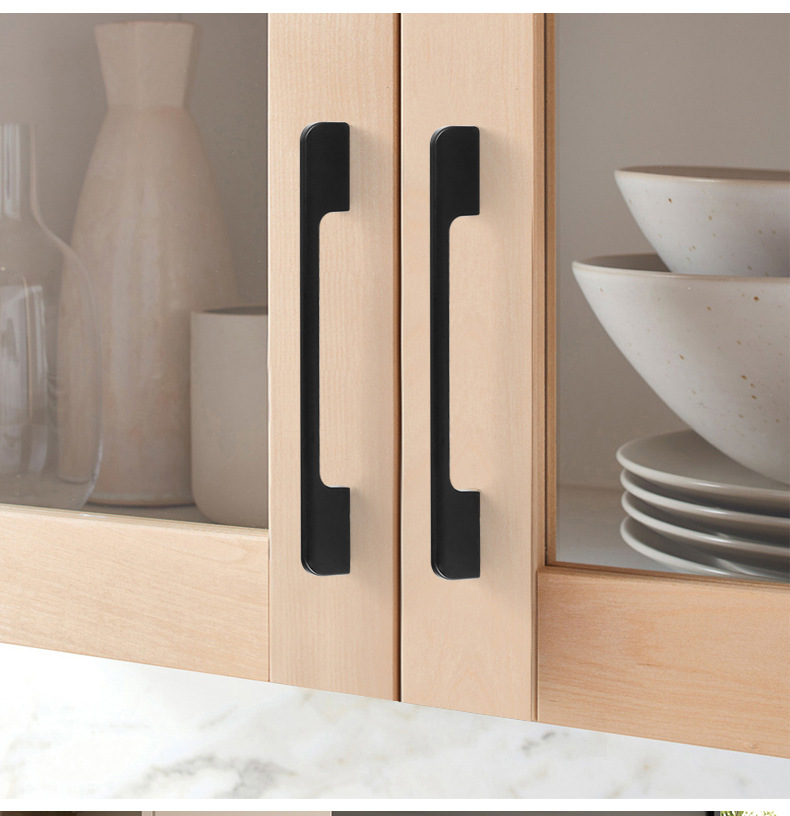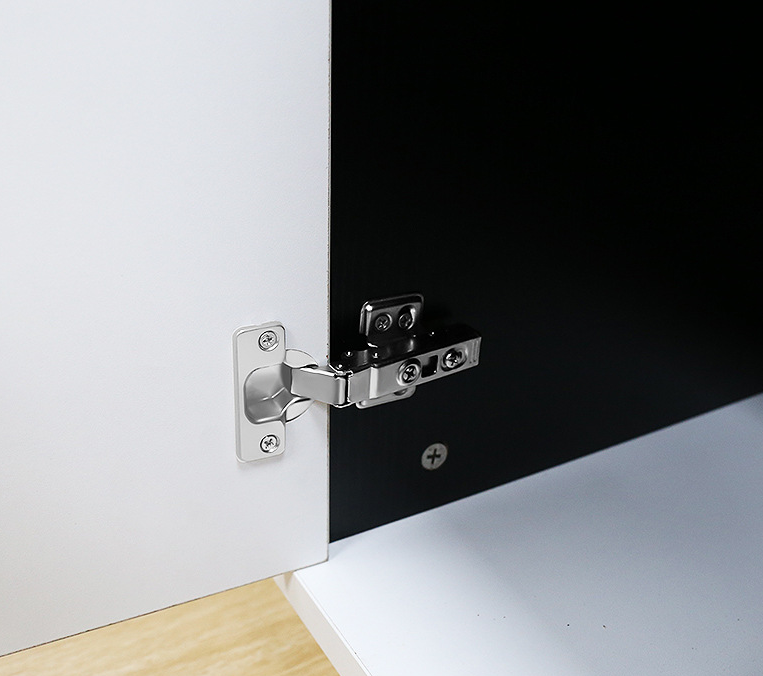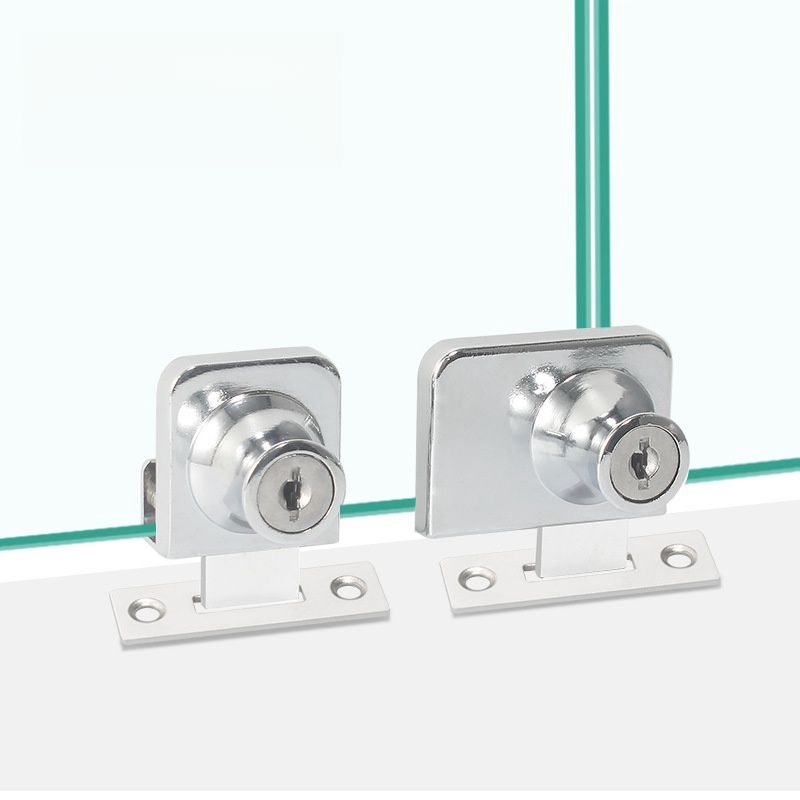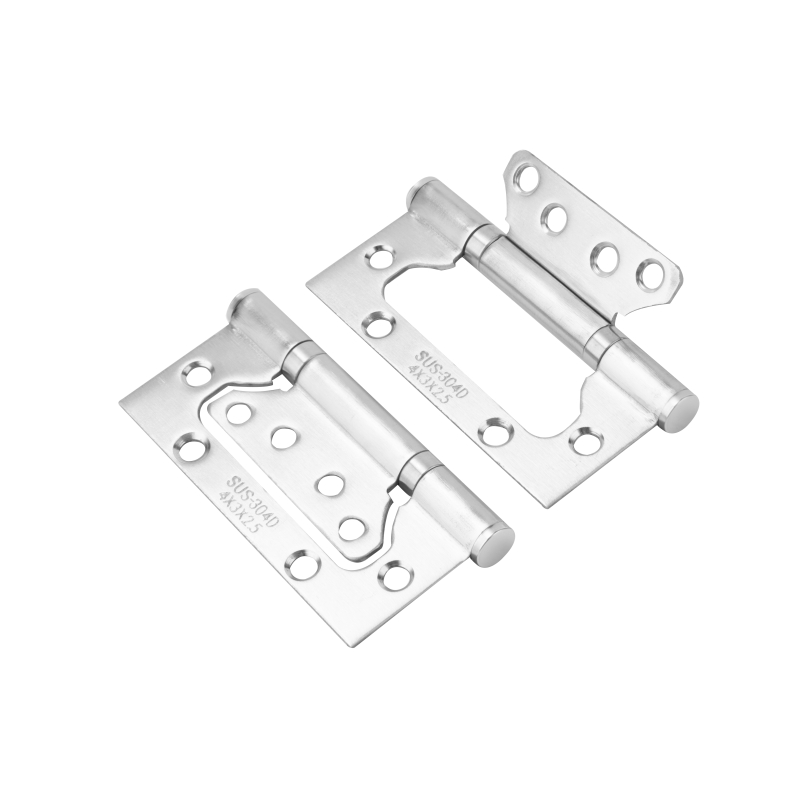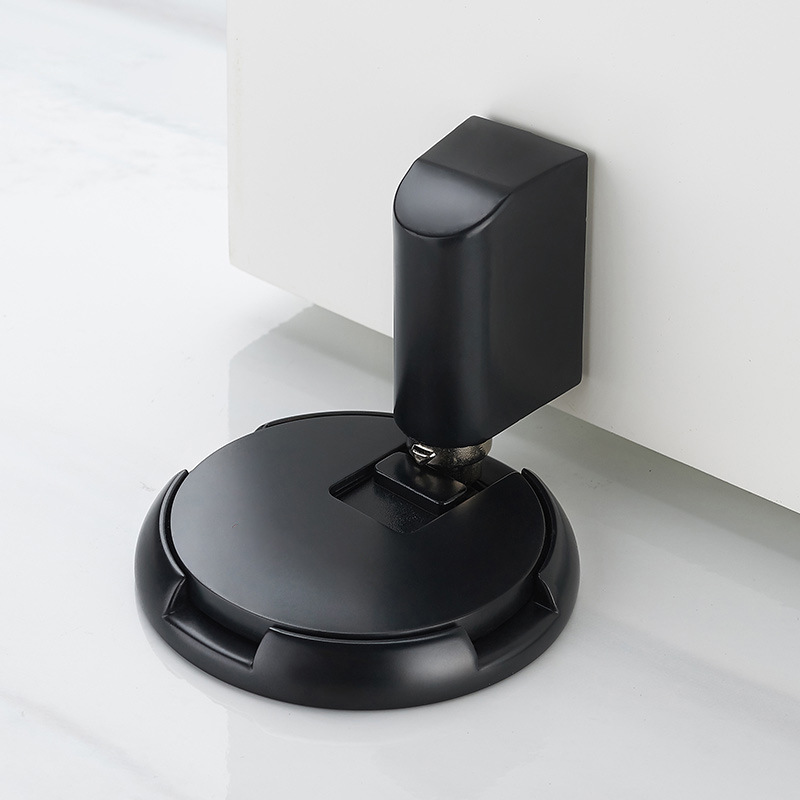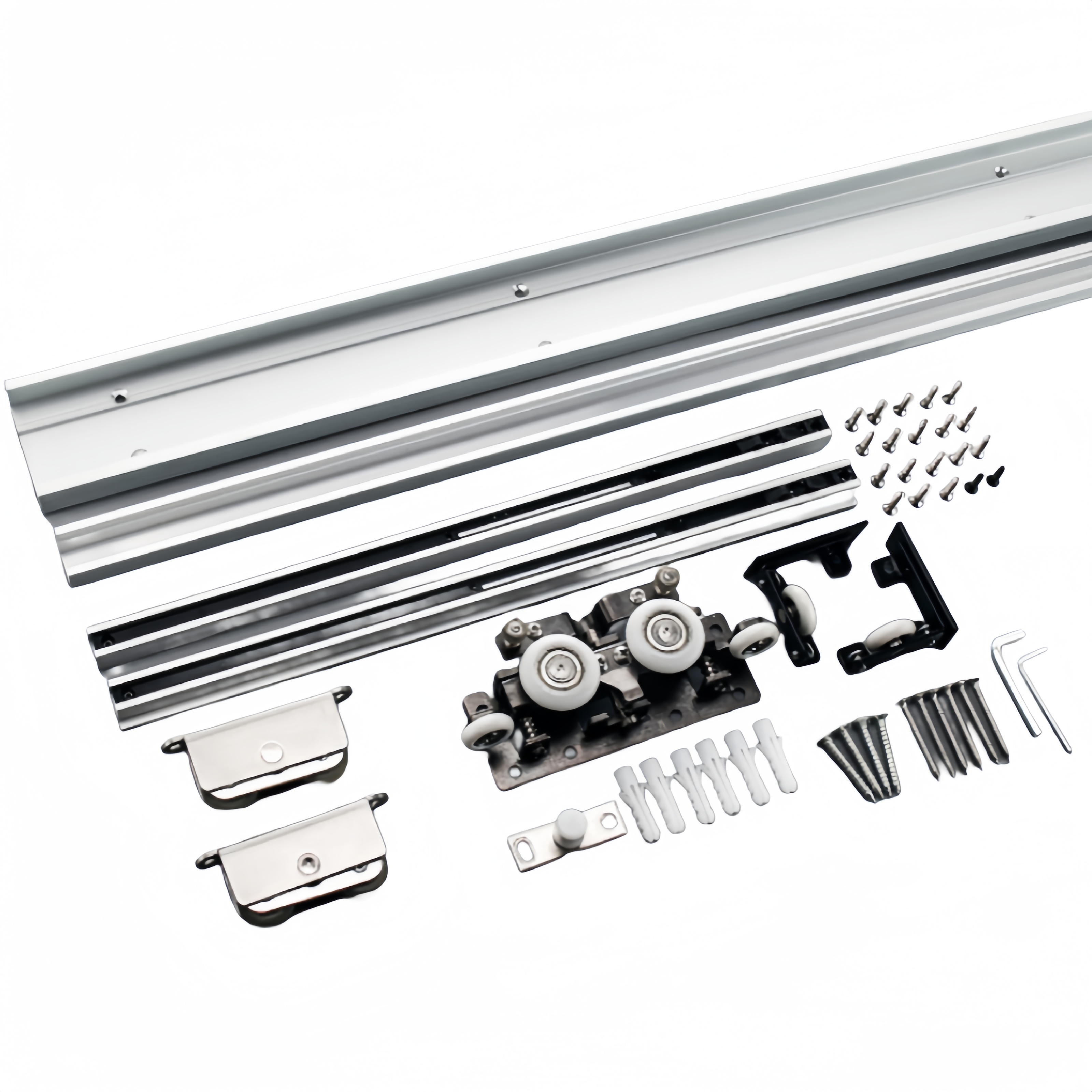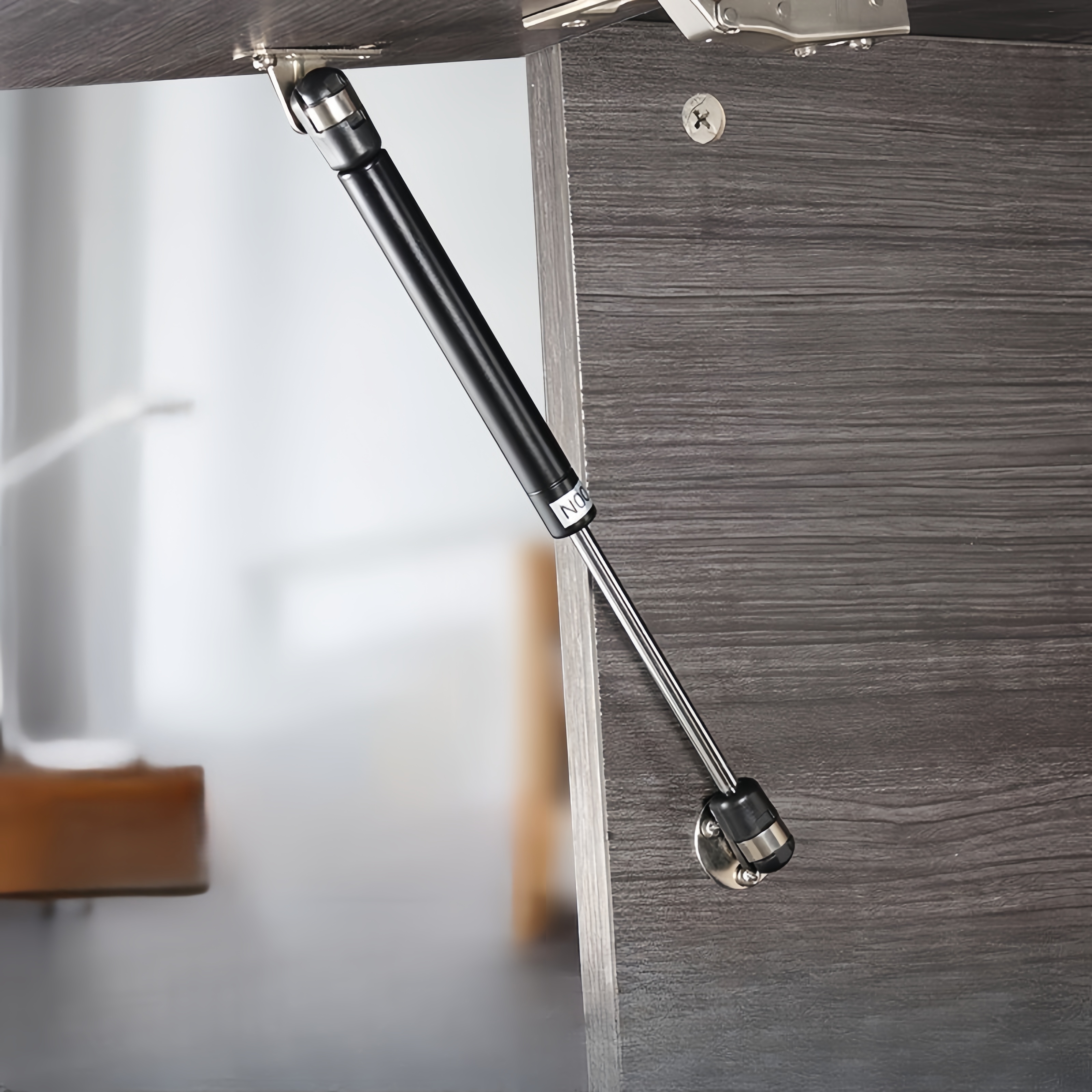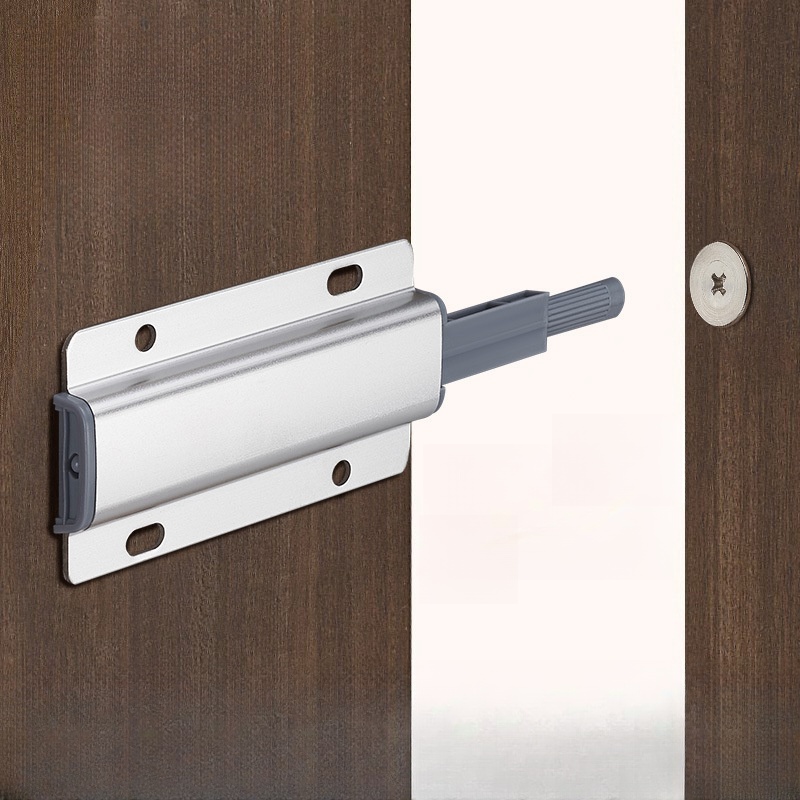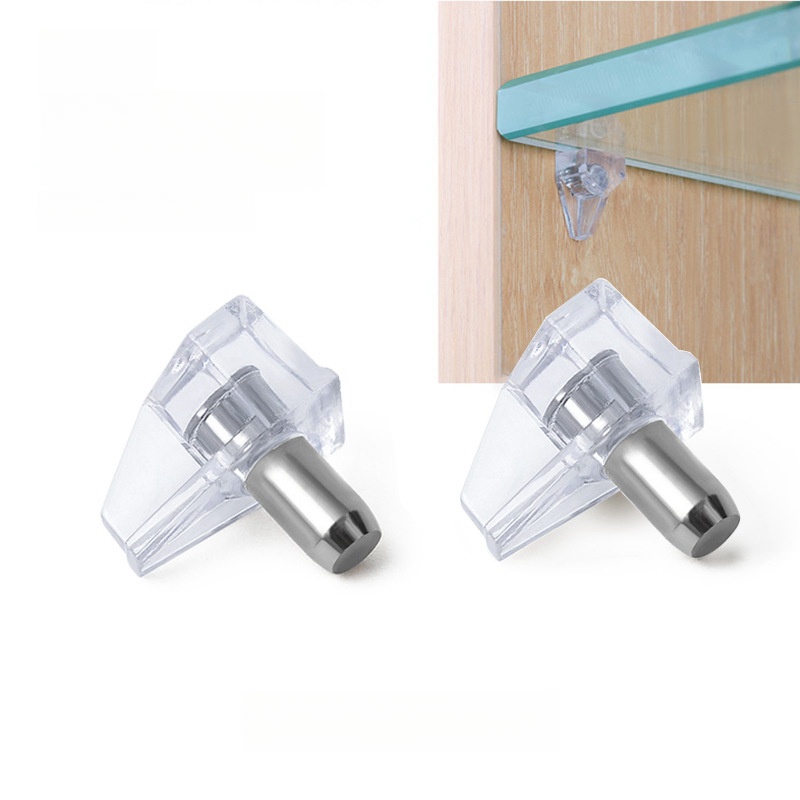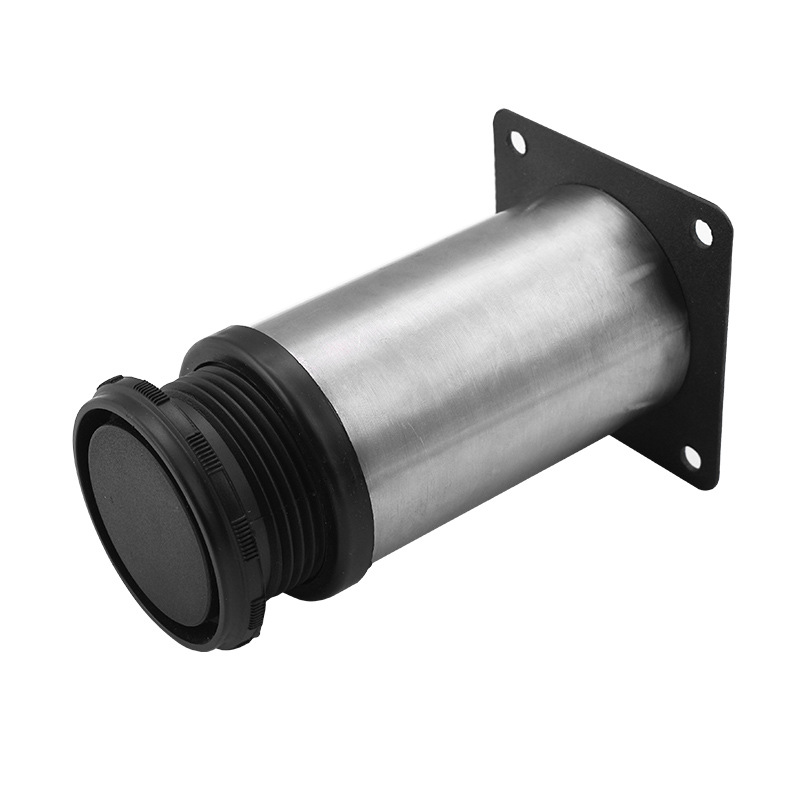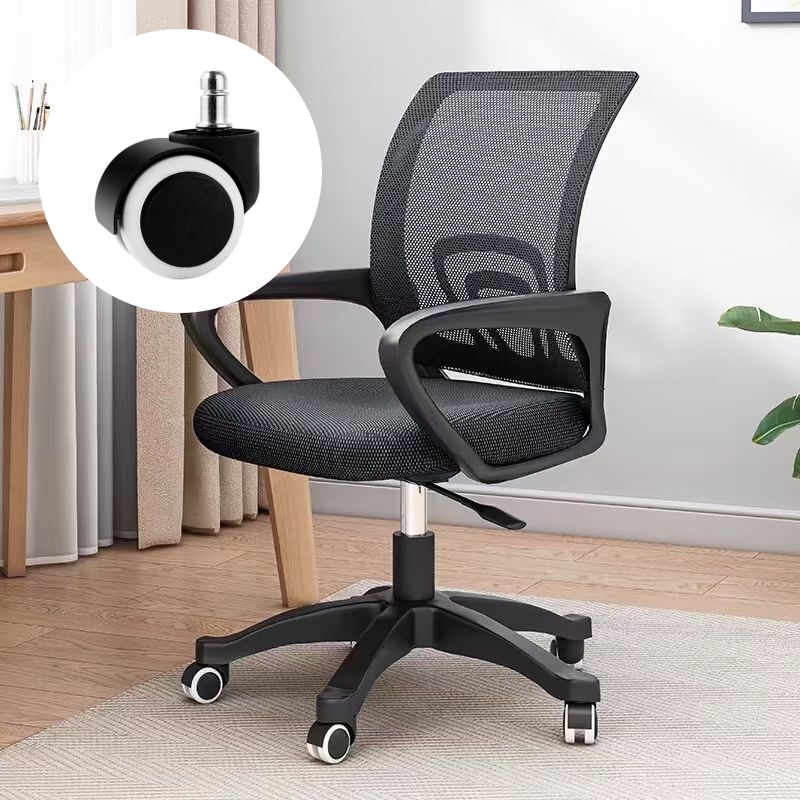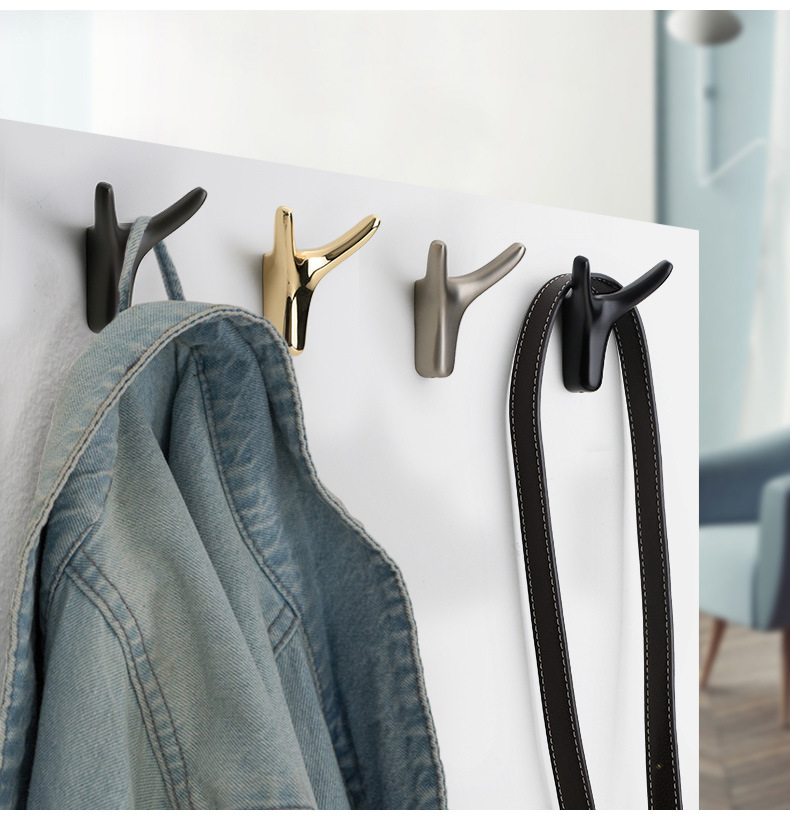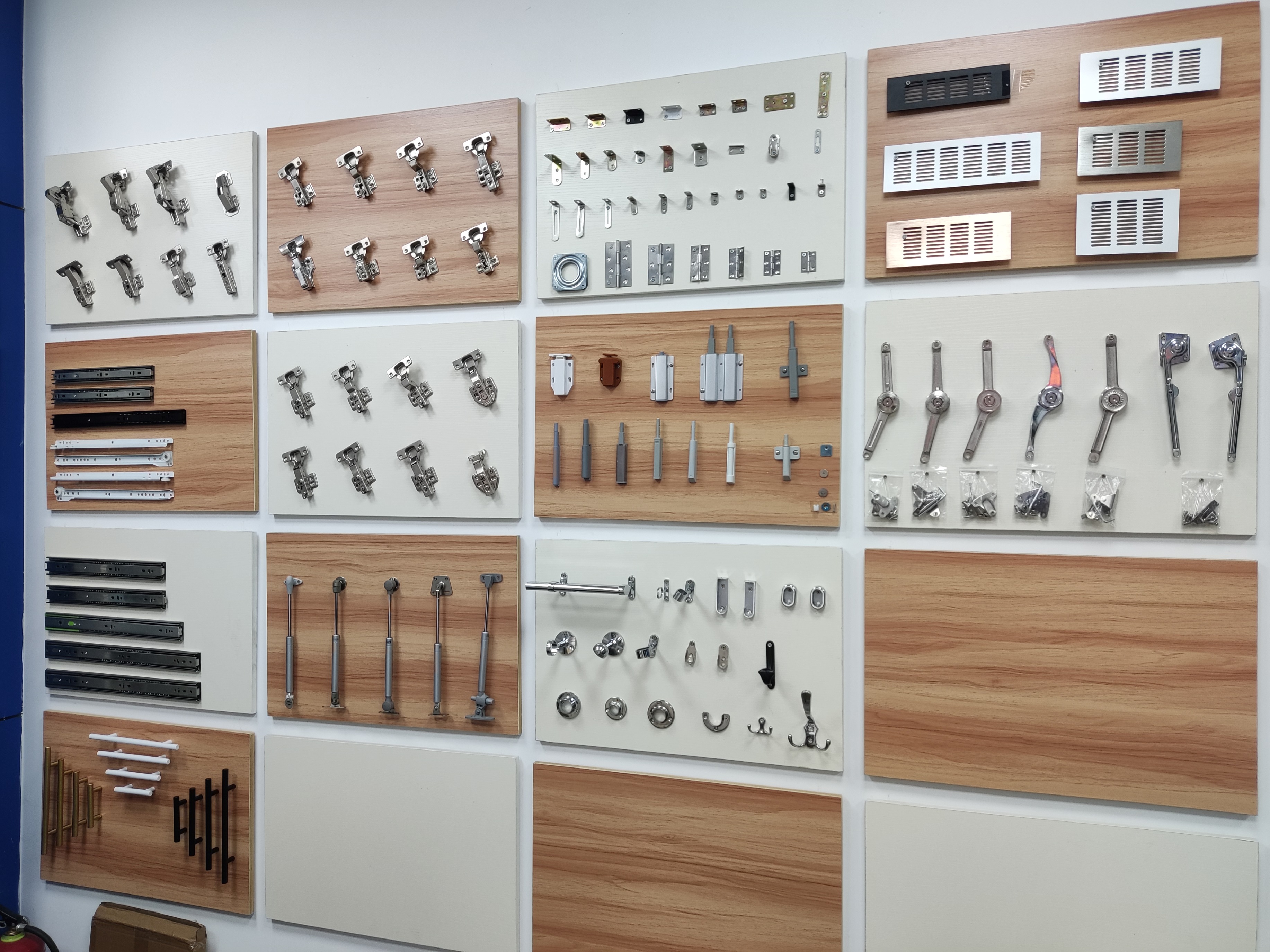
ABOUT
Guangzhou Toplink hardware Co., Ltd specialized in the production and export of furniture hardware fittings, with an experience of more than 14 years.
Our main products are drawer locks, cabinet hinges, sliding rails, cabinet handles, casters, cabinet legs and connecting fittings etc..
With a complete range of products, excellent performance and reasonable prices we have built up business with many customers all over the world.
We are committed to strict quality control and considerate customer service. We sincerely looking forward to becoming your best choice and the most reliable partner!
PRODUCTS
glass shelf supports for cabinets
Types of Glass Shelf Supports
The market offers a diverse selection of glass shelf supports, each designed to meet specific needs and aesthetic preferences. Among the most common types are: standard shelf pins, shelf clips, brackets, and concealed supports. Standard shelf pins are simple, readily available, and inexpensive, typically used for lighter shelves. They offer a straightforward solution for basic support but may not be ideal for thicker glass or heavily loaded shelves. Their visibility can also detract from the sleek appearance some homeowners desire.
Shelf clips, on the other hand, offer a more secure and often less visible solution. They usually grip the edge of the glass, holding it firmly in place. These clips come in various styles and materials, including metal, plastic, and even decorative designs to complement the overall cabinet style. While generally stronger than pins, clips might not be suitable for all cabinet designs, particularly those with limited space or unconventional shelf placements.
Brackets provide a more robust support system, especially for heavier glass shelves or those carrying significant weight. These are often used in kitchen cabinets to support heavier dishes or pantry items. Brackets can range from simple L-shaped designs to more elaborate, decorative pieces that contribute to the overall aesthetics of the cabinet. Their visible nature, however, means they need to be carefully chosen to complement the overall design scheme.
Finally, concealed supports offer the ultimate in minimalist aesthetics. These cleverly hidden supports utilize various methods, such as integrated grooves within the cabinet sides or specially designed shelf systems, to secure the glass without any visible hardware. While offering an exceptionally clean look, concealed supports often require more planning and precise installation, potentially making them more complex and expensive than other options.
Material Considerations
The material of the glass shelf support is a key factor influencing its durability, aesthetics, and overall cost. Metal supports, typically made of steel, aluminum, or chrome, are popular choices due to their strength and resistance to corrosion. Steel supports are exceptionally strong but might require a protective coating to prevent rusting, particularly in humid environments. Aluminum offers a lighter, more corrosion-resistant alternative, while chrome plating adds a sleek, polished finish. The choice between these often comes down to aesthetic preferences and the weight capacity required.
Plastic supports provide a more economical alternative but may not offer the same level of strength and durability as metal. Plastic supports are generally suitable for lighter glass shelves and are often preferred for their ease of installation and wide range of colors and finishes. However, their longevity can be affected by exposure to high temperatures or harsh chemicals, so it's crucial to select a support rated for the intended application and environment.
Some manufacturers offer glass shelf supports made from wood or other composite materials. These are primarily used for their aesthetic appeal and integration with specific cabinet designs. The durability and weight capacity of these options can vary greatly depending on the materials used, so careful consideration is necessary.
Installation and Safety
Proper installation is crucial for both the safety and aesthetic appeal of your glass shelves. Incorrect installation can lead to instability, breakage, and potential injury. Before beginning installation, always carefully read the manufacturer's instructions. These instructions will outline the specific procedures for your chosen supports and the type of glass being used. Using the wrong type of support for the weight of the glass or the type of cabinet can be dangerous.
Accurate measurements are essential for ensuring a secure and level fit. Using a level to ensure that the supports are perfectly aligned will prevent the shelf from tilting or shifting, which can lead to damage or breakage. When working with glass, always use protective gloves to avoid injury. For heavier shelves, having a second person to assist with installation is highly recommended to minimize the risk of accidental damage.
After installation, always test the shelf's stability by carefully placing weight on it. If any instability is detected, immediately rectify the issue before placing any valuable or fragile items on the shelf. Regularly check the supports for any signs of wear or damage and replace them as needed to maintain safety and prevent accidents.
Weight Capacity and Considerations
The weight capacity of your glass shelf supports is a crucial factor to consider. The manufacturer typically provides weight limits for each support, and exceeding this limit can lead to breakage. This capacity depends on several factors, including the material of the support, its design, and the overall stability of the cabinet structure. Always ensure the combined weight of the shelf and its contents remains well within the manufacturer's specified limit.
The thickness of the glass also plays a significant role in determining the overall weight capacity. Thicker glass can support more weight, allowing you to utilize stronger shelf supports designed for heavier loads. The size and dimensions of the shelf itself also influence the distribution of weight. Smaller shelves require less support than larger ones, and the weight distribution should be even to avoid stress points.
In addition to the weight of the items placed on the shelf, consider the overall structural integrity of the cabinet. If the cabinet itself is weak or poorly constructed, even the strongest supports may not prevent shelf breakage. For older or more fragile cabinets, it may be necessary to reinforce the cabinet structure before installing heavy glass shelves.
Choosing the right glass shelf supports for your cabinets is a crucial decision impacting both functionality and aesthetics. By carefully considering the factors discussed above – type, material, installation, and weight capacity – you can ensure a safe, secure, and visually appealing outcome for your project. Remember, a little planning and attention to detail can make all the difference in creating a beautiful and functional space.
SUBSCRIBE
INQUIRY
